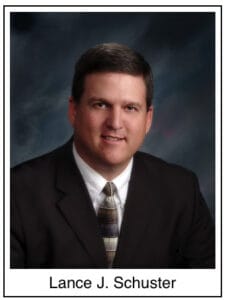 One of the first signs of spring in Eastern Idaho is the smoke. Farmers and ranchers burn ditches, slash piles, and weeds. While effective at cleaning ditches and getting rid of weeds, burning fields requires prior approval.
One of the first signs of spring in Eastern Idaho is the smoke. Farmers and ranchers burn ditches, slash piles, and weeds. While effective at cleaning ditches and getting rid of weeds, burning fields requires prior approval.
In 2007, after a northern Idaho group called Safe Air For Everyone challenged Idaho’s field burning laws, the Ninth U.S. Circuit Court of Appeals held that the laws were illegal under the Clean Air Act. This resulted in a 2007 ban on field burning in Idaho.
The next year, however, the state, farmers, and clean air activists reached an agreement for the burning of crop residue. These rules can be found on the Idaho Department of Environmental Quality (DEQ) website.
Under the new rules, crop residue includes vegetative material remaining in the field after harvest or produced on conservation reserve program lands. Crop residue also includes “whole fields, pastures, spots within a field or pasture, broken bales in the field that…were generated during the time of harvest, Conservation Reserve Program lands, food plots, and blanching or flaming operations.” http://www.deq.idaho.gov/air-quality/burning/crop-residue-burning.aspx. Crop residue “does not include vegetation along ditch banks, fence lines, orchard prunings, or forest slash piles.” Id. Farmers can only burn in fields that produced the crop residue.
Under the new rules, farmers are required to get approval from the DEQ through registering for a permit at least 30 days before they plan on burning any crop residue. The permit registration requires detailed information about the planned burn. There is also a fee of two dollars per registered acre that must be paid at least seven days before burning.
The new rules also limit the days on which field burning can take place to daylight hours on weekdays. No burning is allowed on holidays or weekends.
In a draft of its Crop Residue Burning Program 2011 Annual Report, the DEQ stated that last year over 65,000 acres were burned across the state. About two-thirds of these acres were burned in southern Idaho. Despite the wet and cool conditions last spring and early summer, the DEQ was able to approve most of the burn requests made by farmers last year.
The new rules and processes governing field burning in Idaho may not be clear of legal problems, however. In its draft 2011 annual report, the DEQ recommends allowing farmers to burn fields on weekends and holidays. If this rule is changed, field burning law may again be facing legal scrutiny from clean air advocates.
– Lance J. Schuster is a lawyer at Beard St. Clair Gaffney. He and his wife raise kids and cattle on their small farm near Idaho Falls. He can be reached at 523-5171 or lance@beardstclair.com.

